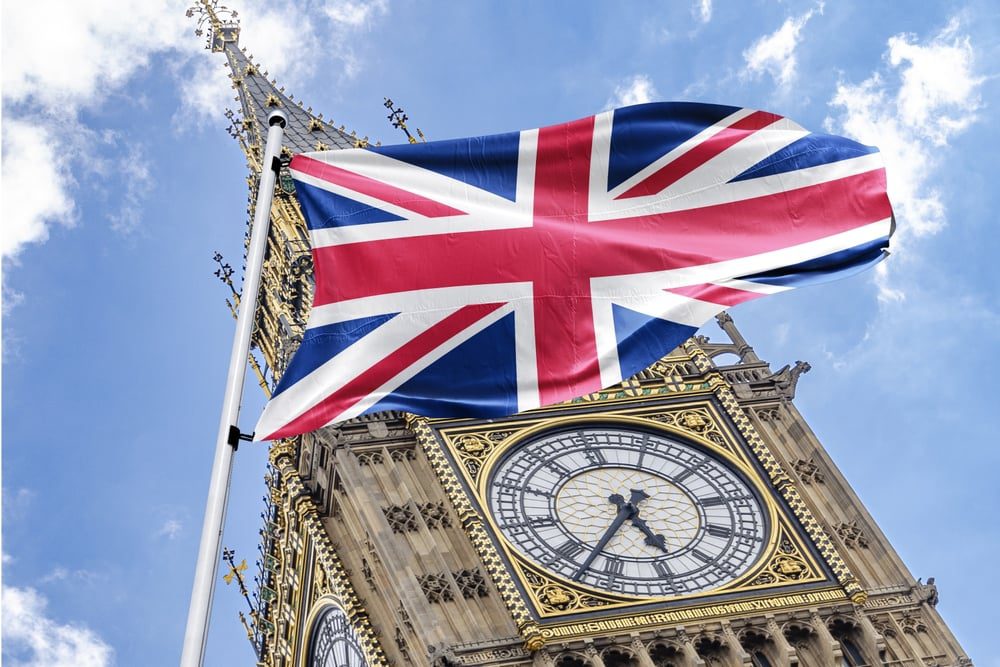Key Impact Points:
- Starting in 2025, the EU mandates companies to disclose their climate transition plans or explain their absence.
- Only 25% of businesses aiming for net zero have a detailed Climate Transition Action Plan (CTAP).
- Companies face significant risks, including regulatory fines and reputational damage, if they fail to outline their path to decarbonization.
The Importance of Climate Transition Plans
Climate transition plans (CTAPs) are becoming a crucial part of corporate sustainability efforts. By 2025, European regulations will require companies to disclose their CTAPs or justify why they don’t have one. This shift represents a significant push towards transparency and accountability in achieving net-zero goals.
“Stakeholders like customers and investors really want to know that companies are taking the steps to actually meet the goals way before they get to the end of that goal,” said Jenny Ahlen, managing director of net zero at We Mean Business.
Early Movers and Regulatory Pressures
High-emission industries have led the way, with companies like Unilever, Glencore, and Royal Dutch Shell presenting their CTAPs. According to the Net Zero Tracker, 47% of companies have net-zero plans, while only 25% have released CTAPs.
Starting in 2025, the EU’s Corporate Sustainability Reporting Directive (CSRD) will require companies operating within the EU to share their CTAPs or explain their absence. By 2027, under the Corporate Sustainability Due Diligence Directive (CSDDD), developing a CTAP becomes mandatory, with non-compliance penalties potentially reaching millions of euros.
Change the World - Subscribe Now
The UK is also considering similar regulations under its Sustainability Disclosure Requirements (SDR). Meanwhile, in the U.S., despite uncertain federal-level mandates, California’s Climate Corporate Data Accountability Act will require large companies to report their Scope 1 and 2 emissions starting in 2026, with Scope 3 following in 2027.
Investor Expectations and Risks
Investors are increasingly prioritizing businesses that have clear CTAPs. “Investors are increasingly asking and looking for CTAP-like information,” noted Ahlen. Initiatives like Climate Action 100+ encourage investors to demand stronger governance and accountability for climate risks from their portfolio companies.
Companies without clear CTAPs risk facing regulatory fines, losing investor trust, and being unprepared for climate-related disruptions such as floods, droughts, and fires. “Companies who have a robust CTAP are improving their sustainability communication efforts and reputation,” Ahlen emphasized.
Creating Effective Climate Transition Plans
Resources are available for companies looking to develop CTAPs. Transform to Net Zero’s 20-page guide outlines essential elements, including science-based targets, GHG accounting, and a just transition strategy. Ceres’ blueprint offers case studies and actionable steps, while the U.S. EPA provides templates and key plan components, such as accountability measures and stakeholder engagement strategies.
Jennifer Dubuisson, Senior Director of Sustainability at Levi’s, advised, “A transition plan is a business plan, if you do it right and well.” She emphasized collaboration with key business partners and flexibility in timelines as crucial for integrating CTAPs into broader business strategies. “By working really in lockstep with our key business partners, that is how we are integrating this into their strategic business plans,” she said.
Related Article: Five Key Takeaways From Climate Week












